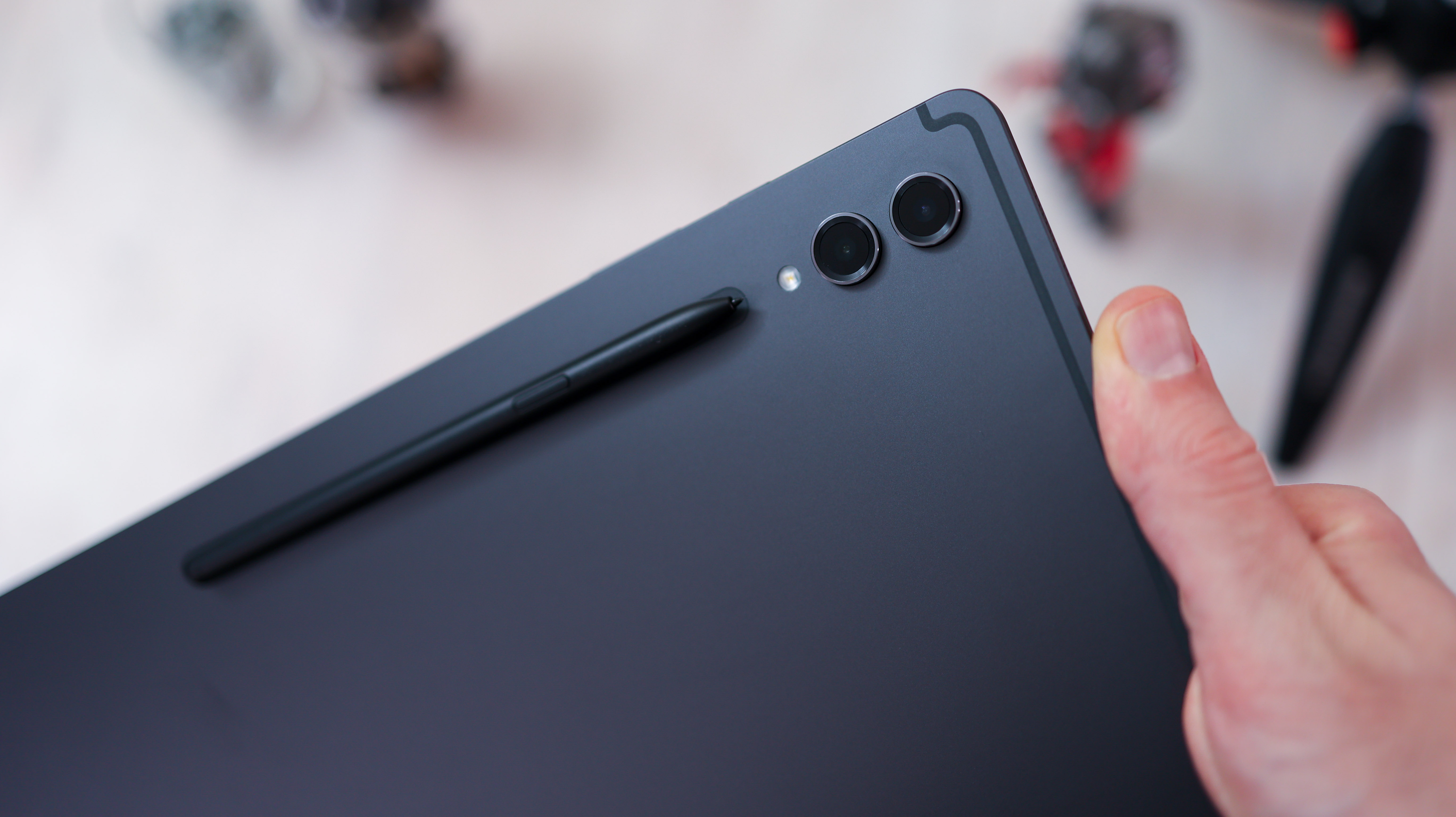Finding my place: overcoming imposter syndrome in street photography
From sidelines to the streets: My battle with imposter syndrome in street photography after 20 years as a pro sports photographer
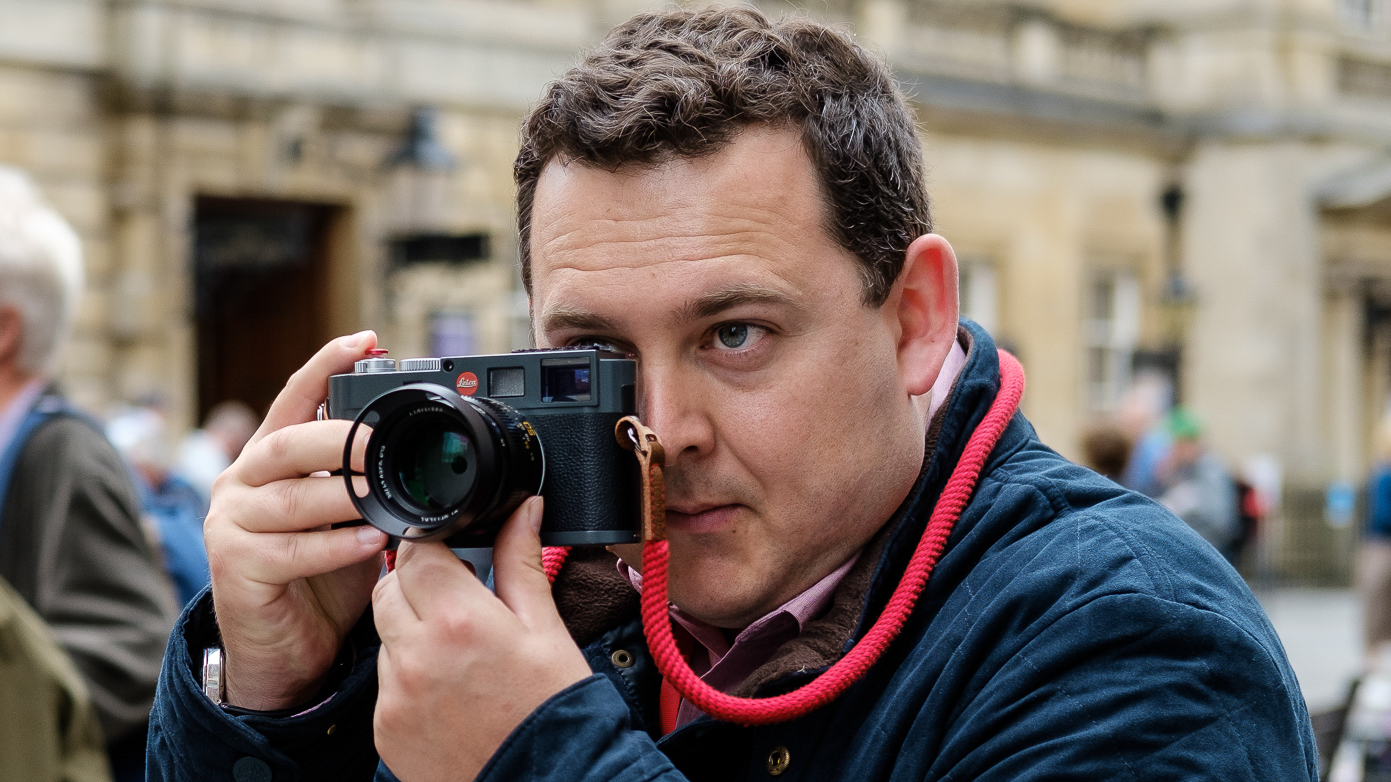
For 20 years, I lived and breathed sports photography. I knew my job inside and out, understood the rhythm, anticipated the action before it happened, and delivered exactly what my clients expected. Confidence wasn’t something I thought about – it was just there, built on experience and repetition.
But stepping away from the sidelines and into the unpredictable world of street and documentary photography, I found myself grappling with something unfamiliar: imposter syndrome.
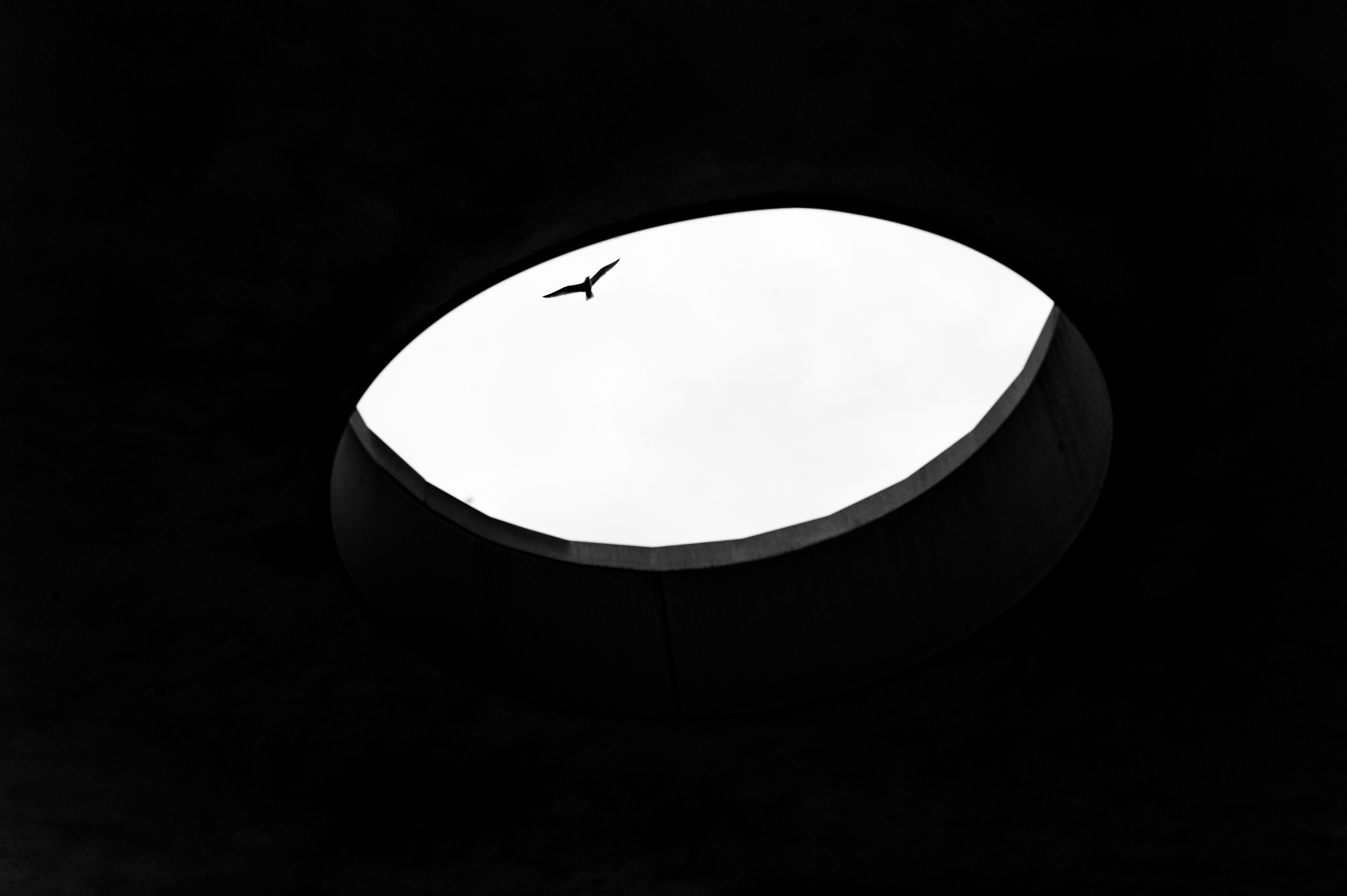
Unlike sports, where I had clear objectives and a defined role, street photography has no rulebook. There is no press pass, no assigned position, no guaranteed moment of action. Instead, it requires a different kind of awareness – one rooted in patience, intuition and the ability to blend into the chaos of everyday life.
But blending in is something I struggle with. When I’m out shooting, I often feel like an outsider, as if I don’t belong among the seasoned street photographers who move effortlessly through crowds, capturing raw, unscripted moments without hesitation.
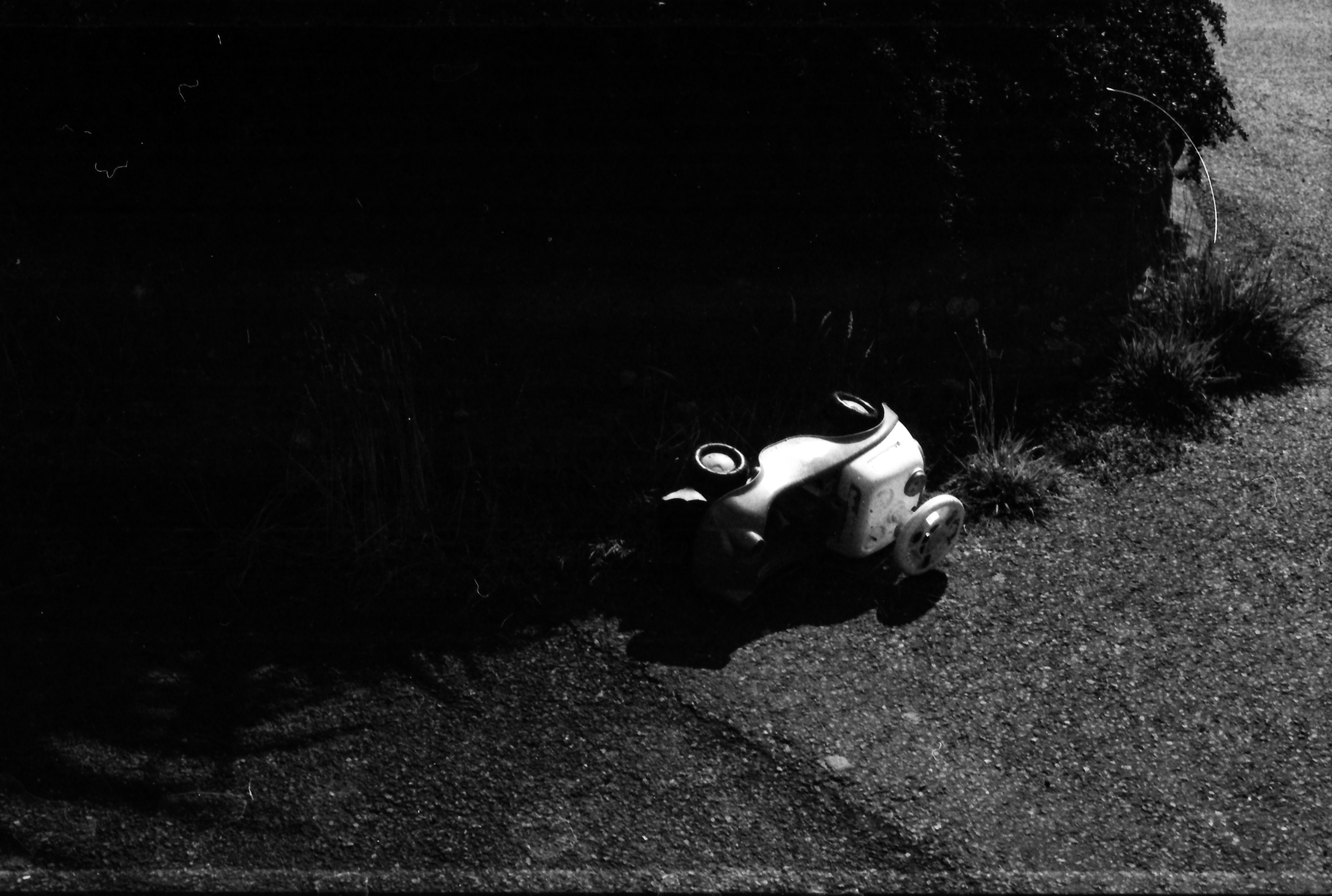
My camera choices only add to this feeling. I shoot exclusively with Leica cameras – both film and digital – not because they’re a status symbol but because they force me to slow down and engage with the world differently.
I also only shoot in black-and-white; stripping away color enables me to focus on light, form and emotion, giving my images a greater sense of meaning and theater. Yet, even with a camera I trust in my hands, I sometimes wonder if I’m doing it ‘right’ – if my work fits within the traditions of street and documentary photography or if I’m just playing the part.
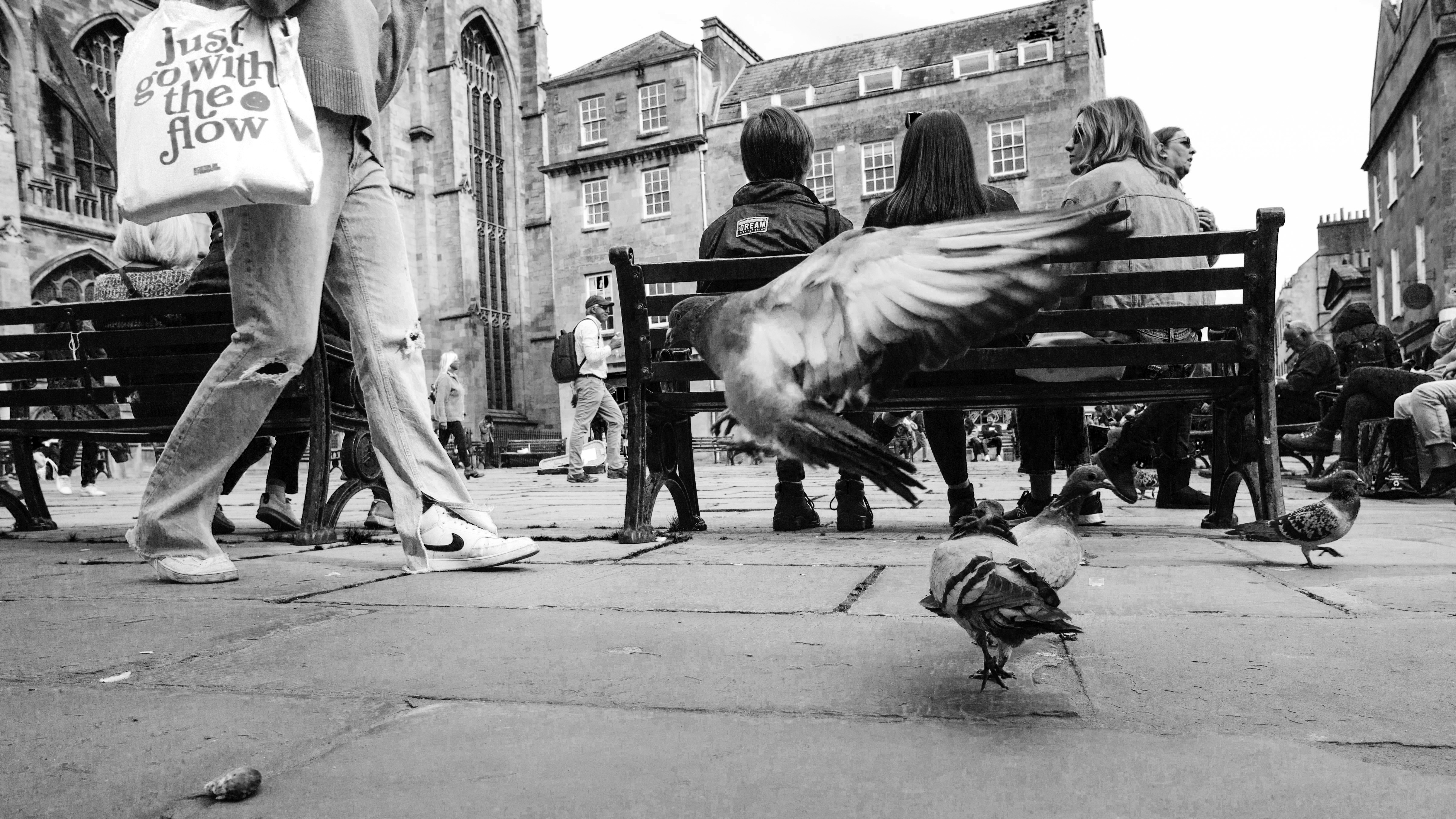
But maybe that’s the real beauty of this shift. In sports photography, I operated within a rigid framework; in street photography, the only framework is the one I create for myself.
Get the Digital Camera World Newsletter
The best camera deals, reviews, product advice, and unmissable photography news, direct to your inbox!
That realization is both terrifying and liberating. I’m learning to embrace the discomfort, to let go of the idea that I have to conform to a specific aesthetic or approach. My images don’t have to look like anyone else’s, and my process doesn’t have to follow an unspoken set of rules.
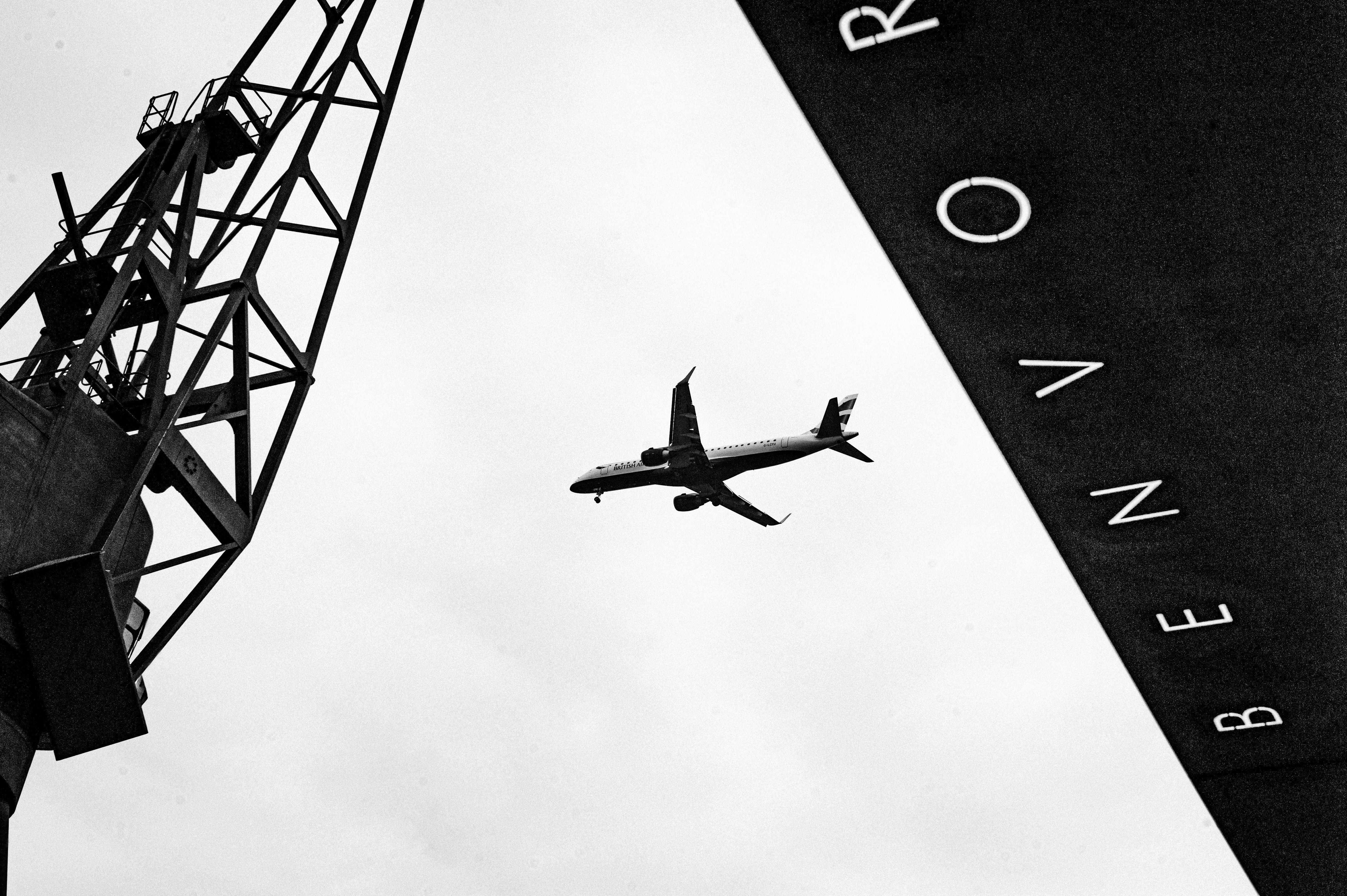
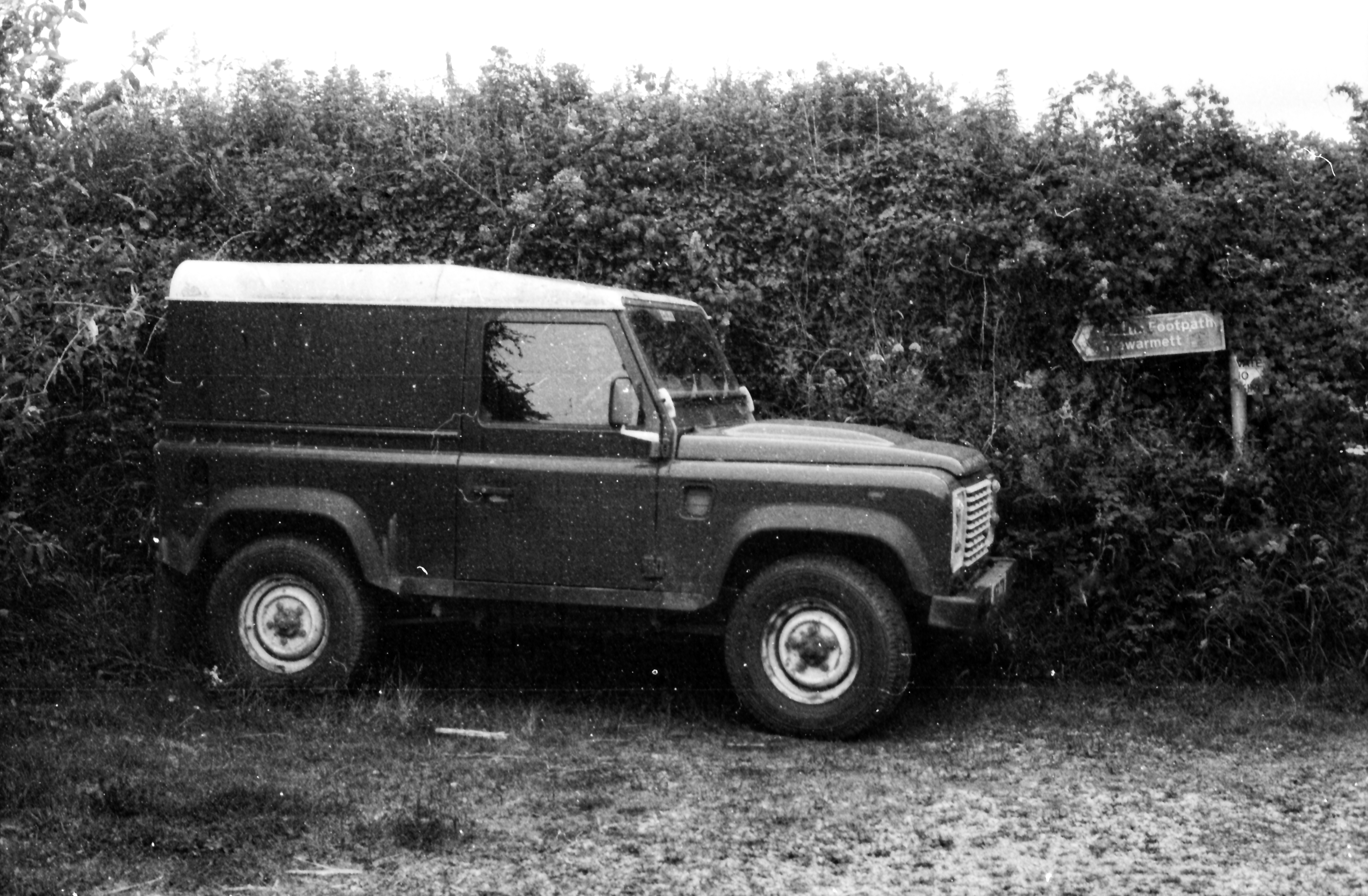
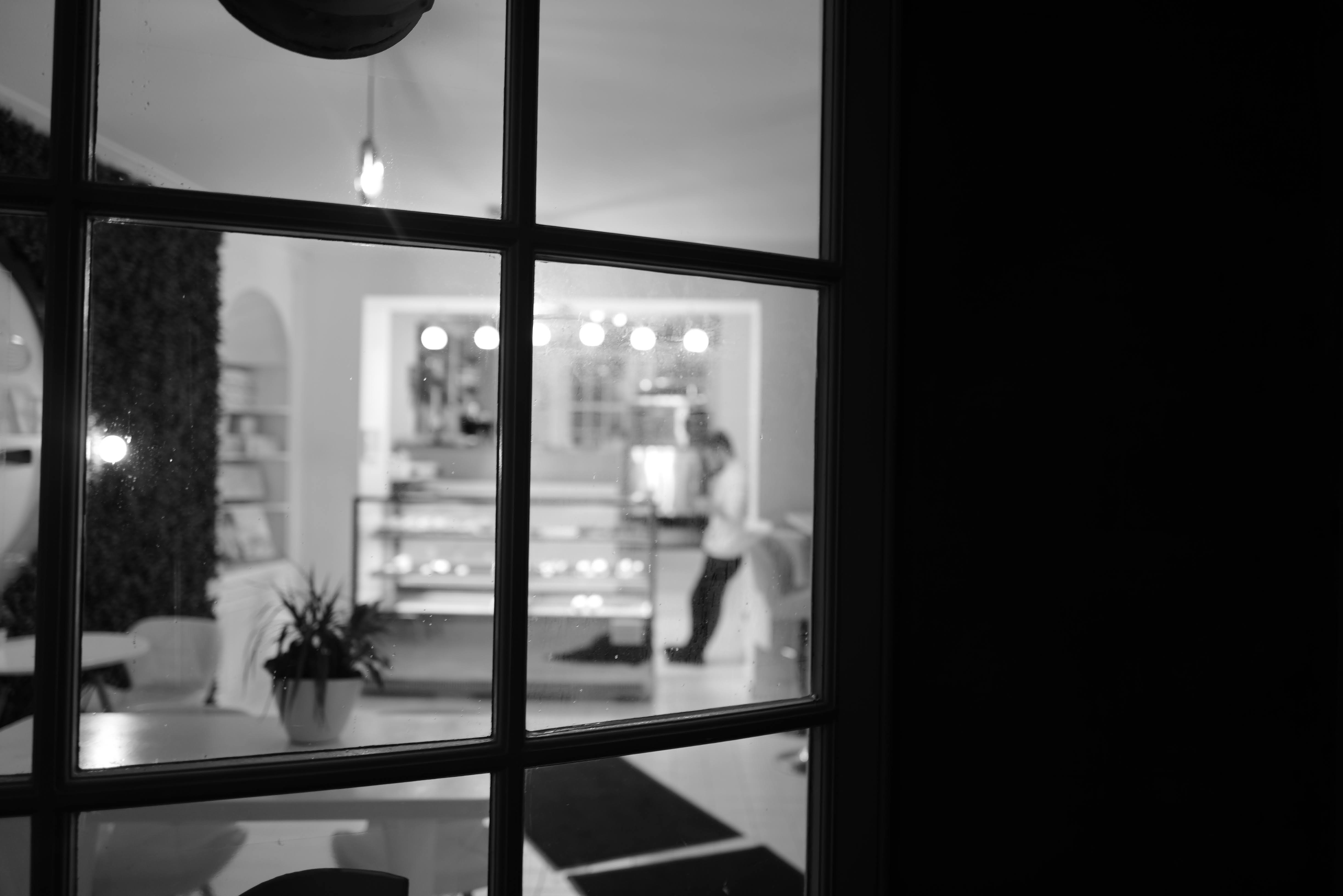
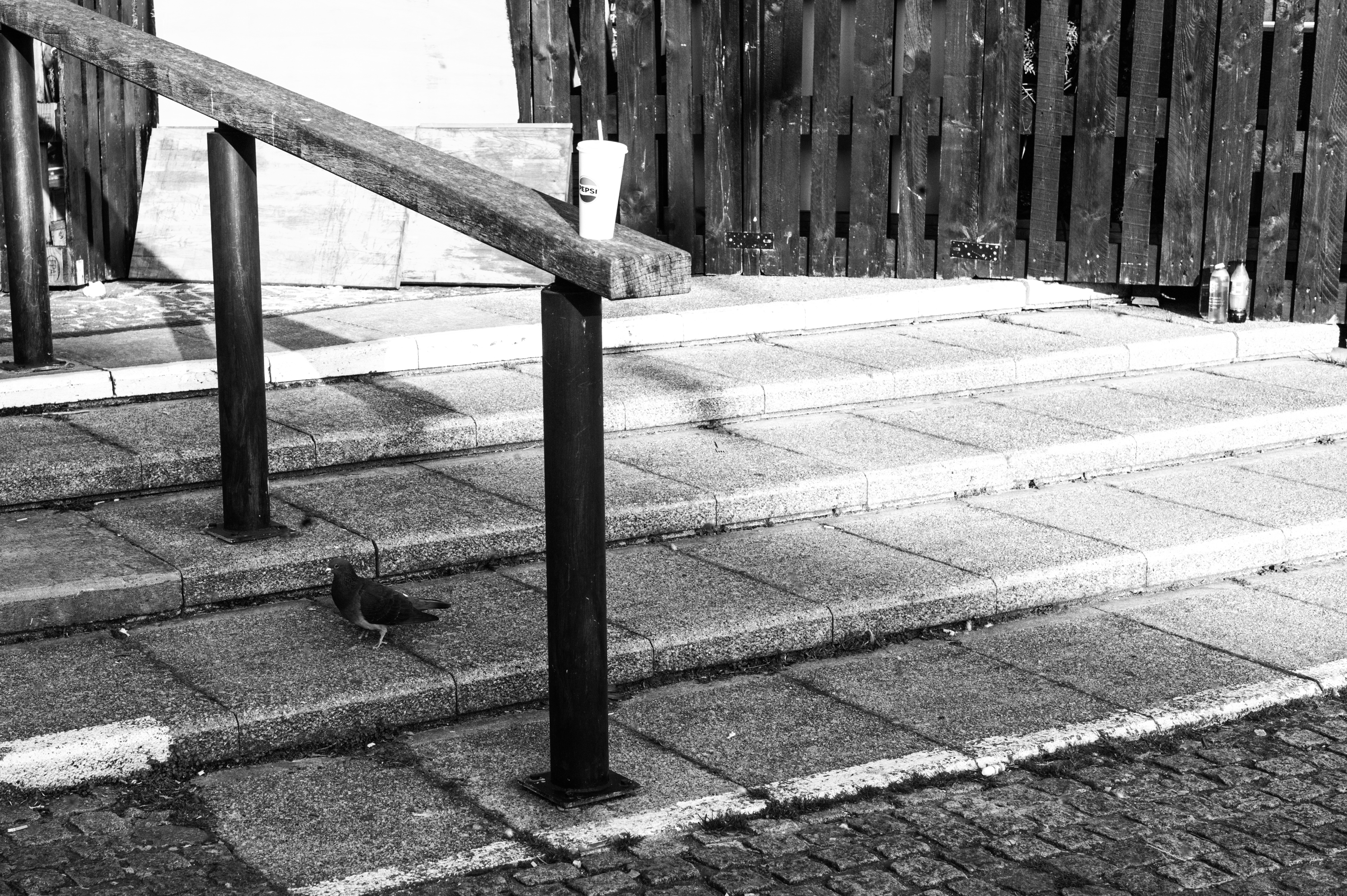
Imposter syndrome thrives on comparison, on the belief that we must measure up to some invisible standard. But the truth is, the best work comes from those who carve their own path. My background as a sports photographer doesn’t disqualify me from this space – it gives me a unique perspective.
While I may never feel entirely at home in the world of street photography, maybe that’s the point. Growth happens in discomfort, and the best photographs – the ones that truly matter – come from the moments where we dare to stand on uncertain ground.
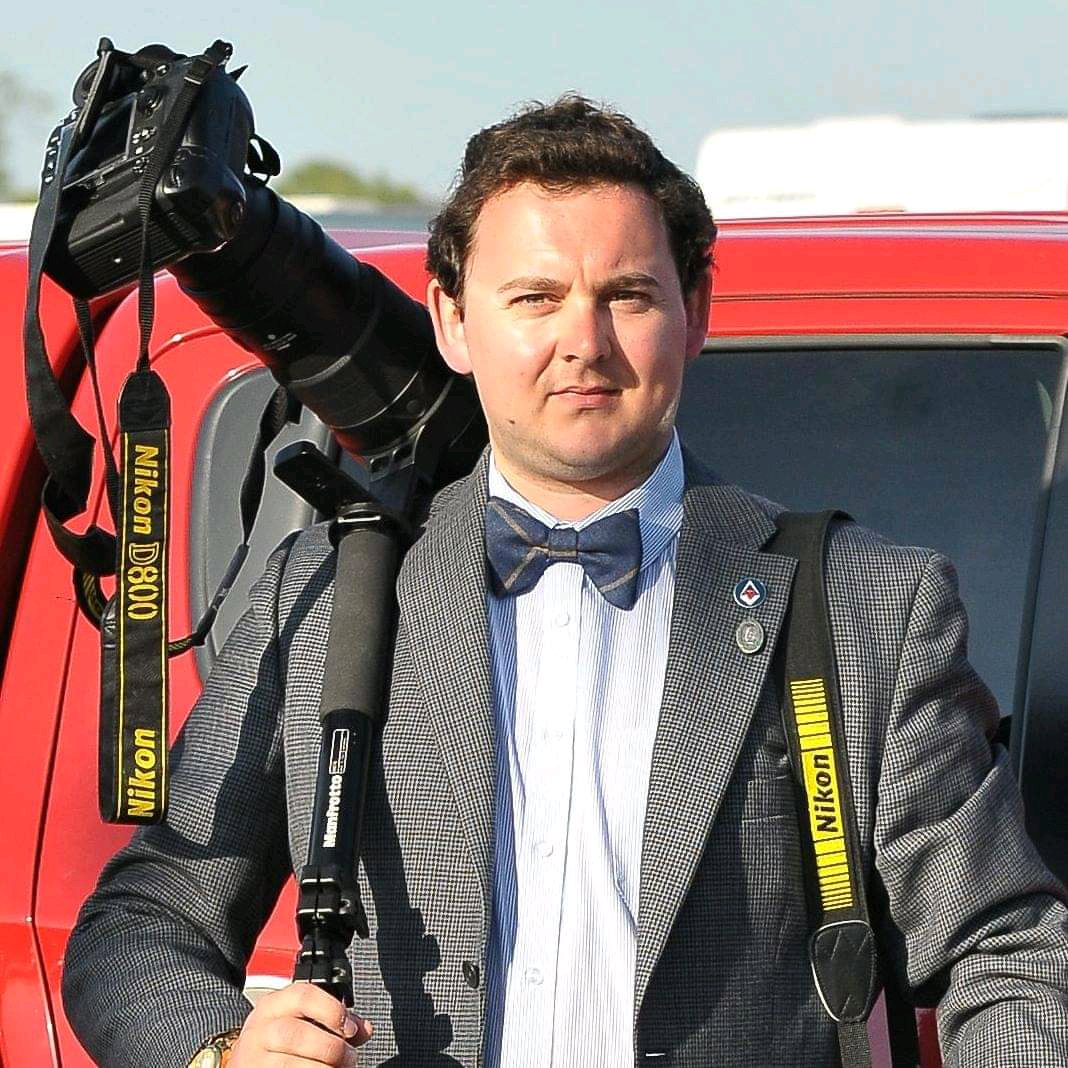
For nearly two decades Sebastian's work has been published internationally. Originally specializing in Equestrianism, his visuals have been used by the leading names in the equestrian industry such as The Fédération Equestre Internationale (FEI), The Jockey Club, Horse & Hound, and many more for various advertising campaigns, books, and pre/post-event highlights.
He is a Fellow of the Royal Society of Arts, holds a Foundation Degree in Equitation Science, and holds a Master of Arts in Publishing. He is a member of Nikon NPS and has been a Nikon user since his film days using a Nikon F5. He saw the digital transition with Nikon's D series cameras and is still, to this day, the youngest member to be elected into BEWA, the British Equestrian Writers' Association.
He is familiar with and shows great interest in 35mm, medium, and large-format photography, using products by Leica, Phase One, Hasselblad, Alpa, and Sinar. Sebastian has also used many cinema cameras from Sony, RED, ARRI, and everything in between. He now spends his spare time using his trusted Leica M-E or Leica M2, shooting Street/Documentary photography as he sees it, usually in Black and White.
You must confirm your public display name before commenting
Please logout and then login again, you will then be prompted to enter your display name.
